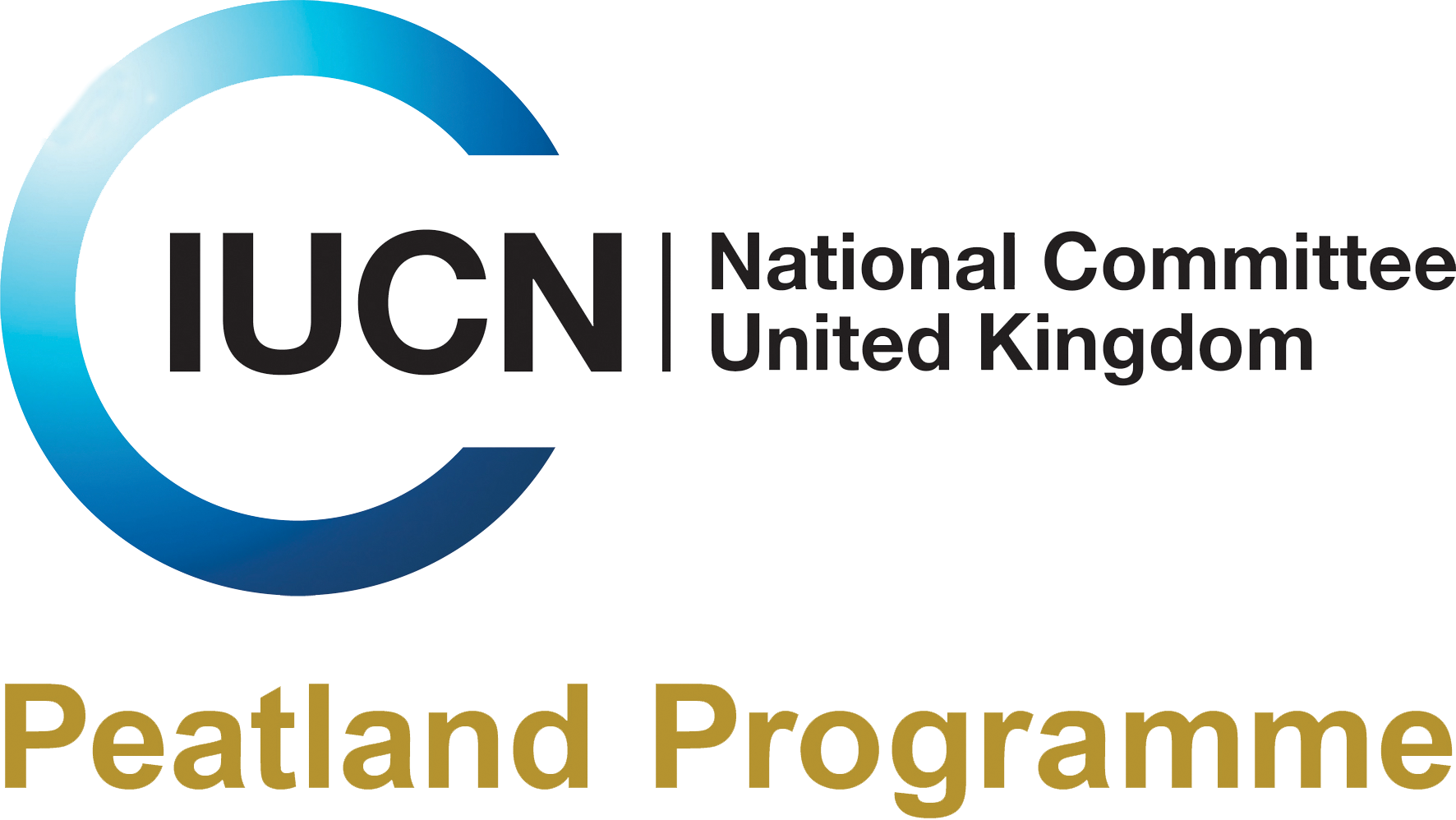The BSBI released an updated Red List of the UK’s vascular flora on the 5th November 2025 [GB Red List for Vascular Plants – Botanical Society of Britain & Ireland]. The Red List process is used to determine extinction risk to taxa using the IUCN standardised criteria that is applied in Red Lists globally. Plants which appear on the UK Red List may not face the same threats throughout their geographic range and may or may not be considered threatened across this range. Additionally, some plants may be extremely rare but less threatened under Red List criteria due to stable populations or lower levels of threat within their range. The BSBI note in the introduction to the new Red List that some of these species may be uncommon and of global significance or indicators of high-value habitats and thus have high conservation priority. Therefore, BSBI suggest that IUCN Red List assessments should also be considered alongside these other competing factors.
Overall, the report has identified significant declines in many taxa across a variety of habitats. We reviewed the report to understand the wetland plants on the list including those which we showcased in our rare plant species showcase this year. The report highlighted that while there have been some positive trends for individual species, particularly for Fen Orchid (Liparis loeselii), the general trend for wetland species has been negative.
Fen peatlands were the most frequently named habitat type in the report, owing to their high species diversity and the significant threats which these habitats face from land use activities. Grass of Parnassus (Parnassia palustris) is a fen species which has seen significant declines and along with the spring flush species Marsh Marigold (Caltha palustris) has been upgraded from least concern (LC) to vulnerable (VU).
Some species which are seen as common and can be found within wetlands mosaics such as Devil’s-bit Scabious (Succisa pratensis) have also seen their threat categories upgraded from LC to VU. Increasingly, many of these species are becoming confined to protected areas which highlights the importance of investing in monitoring and regulation of human activities on the UK’s designated sites.




